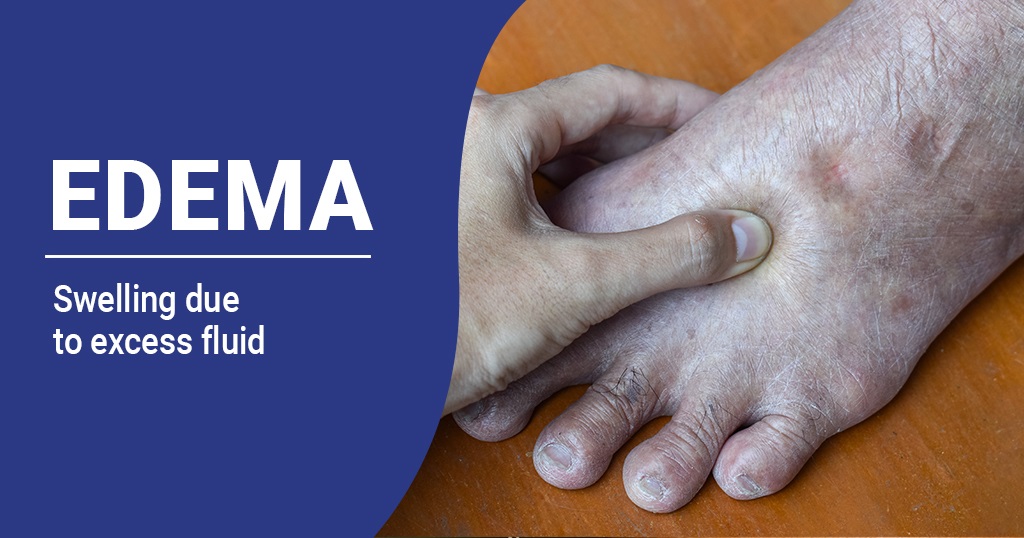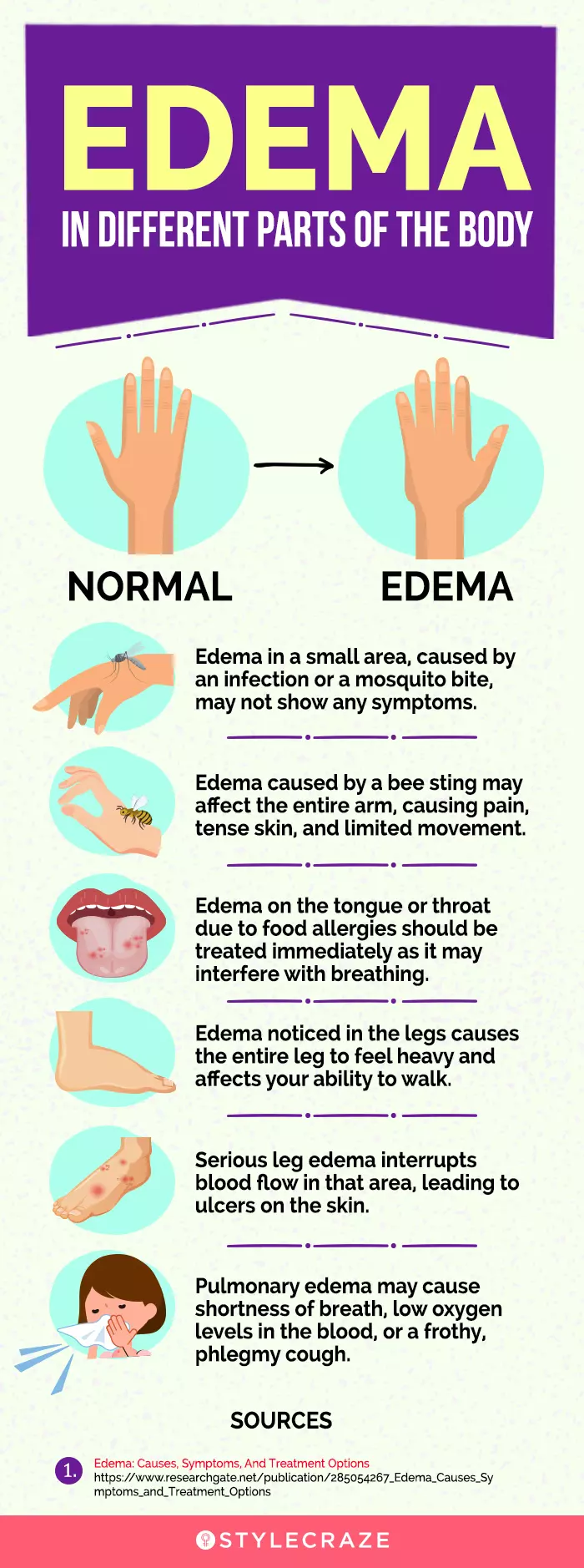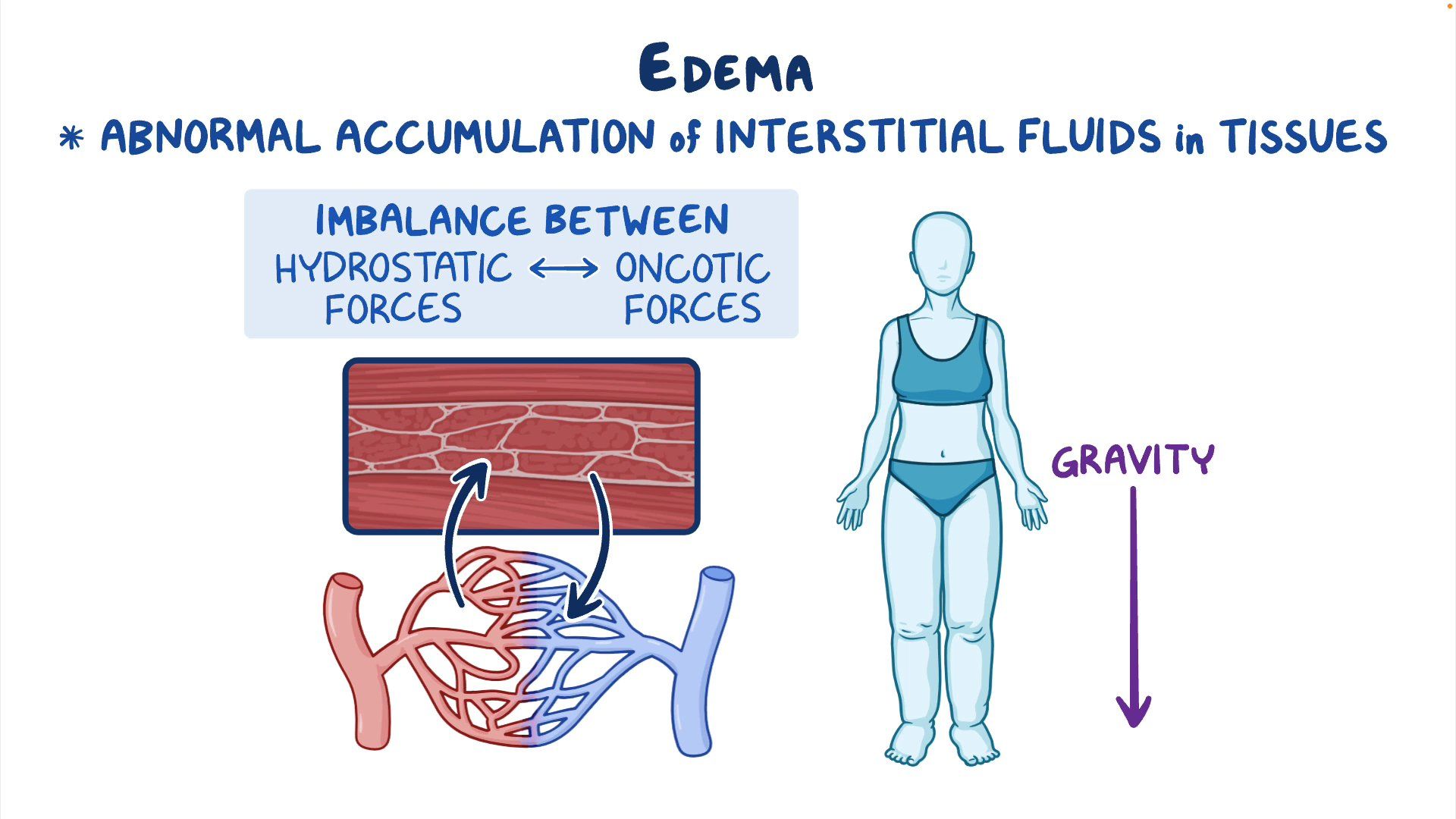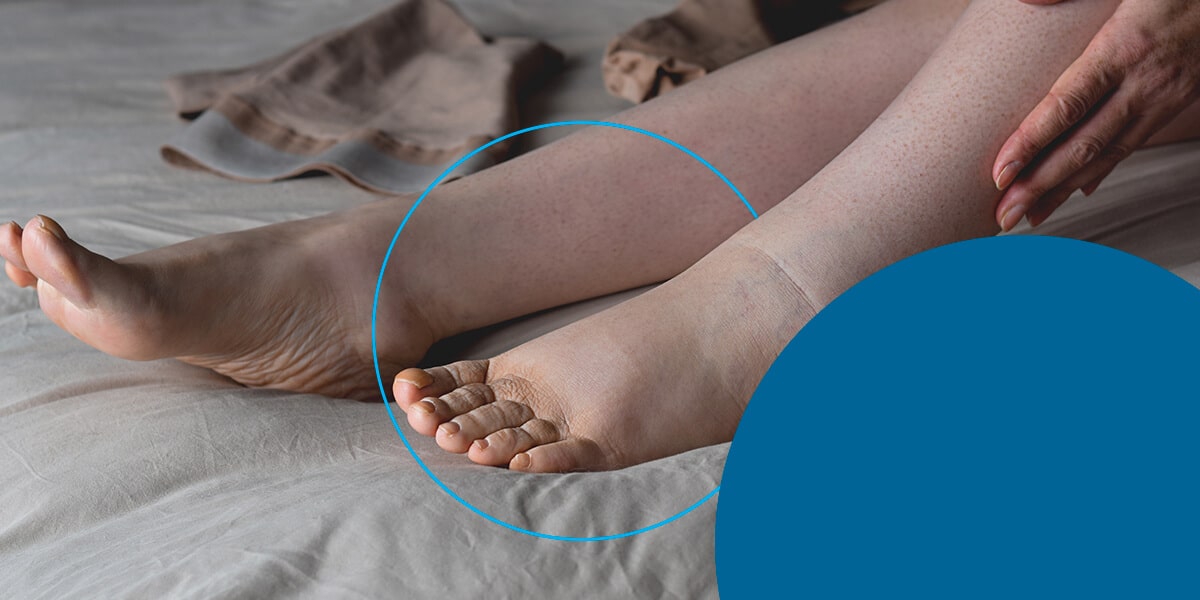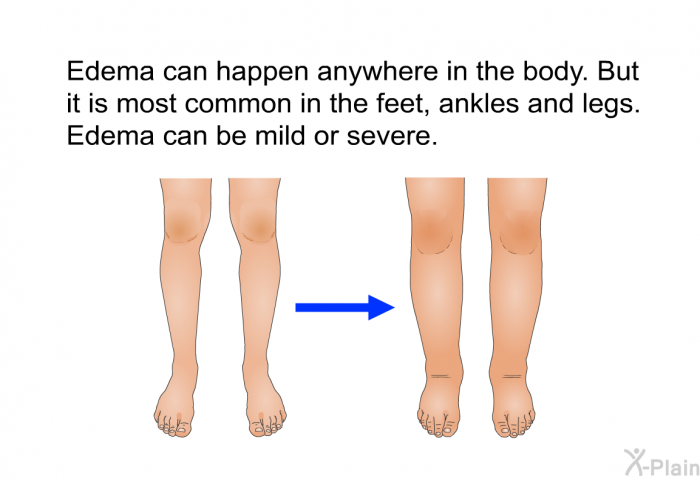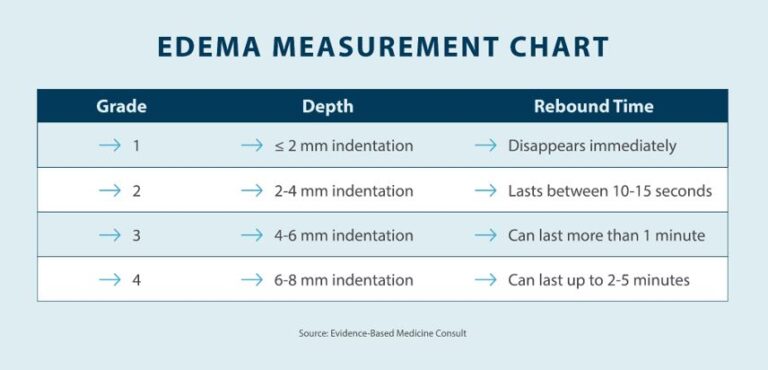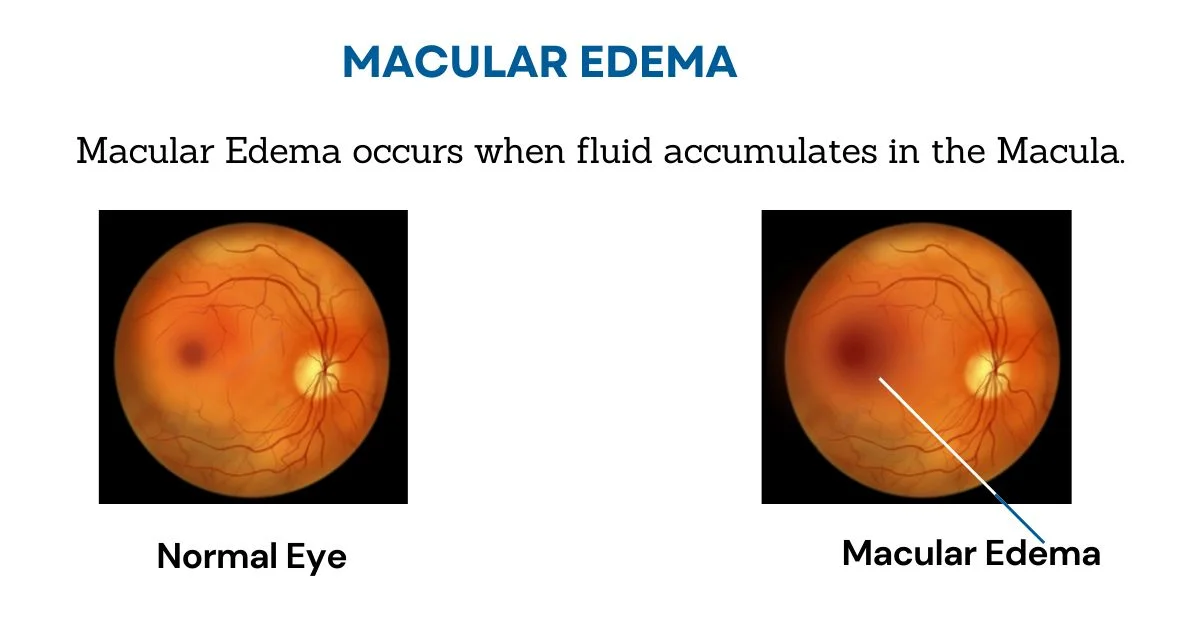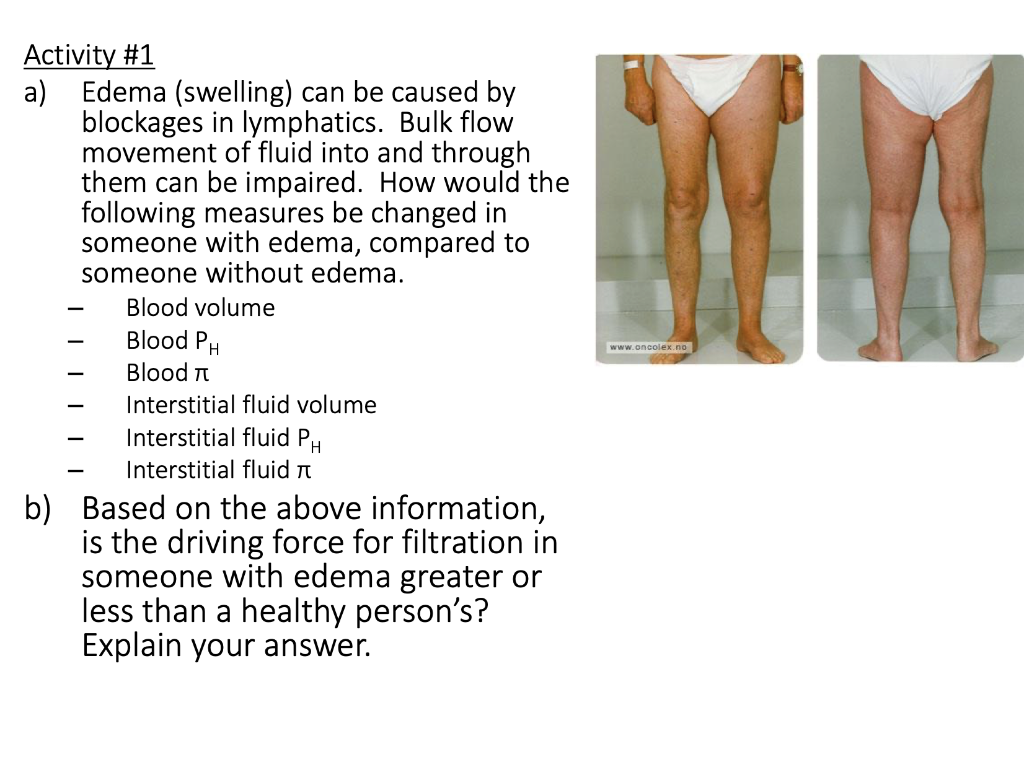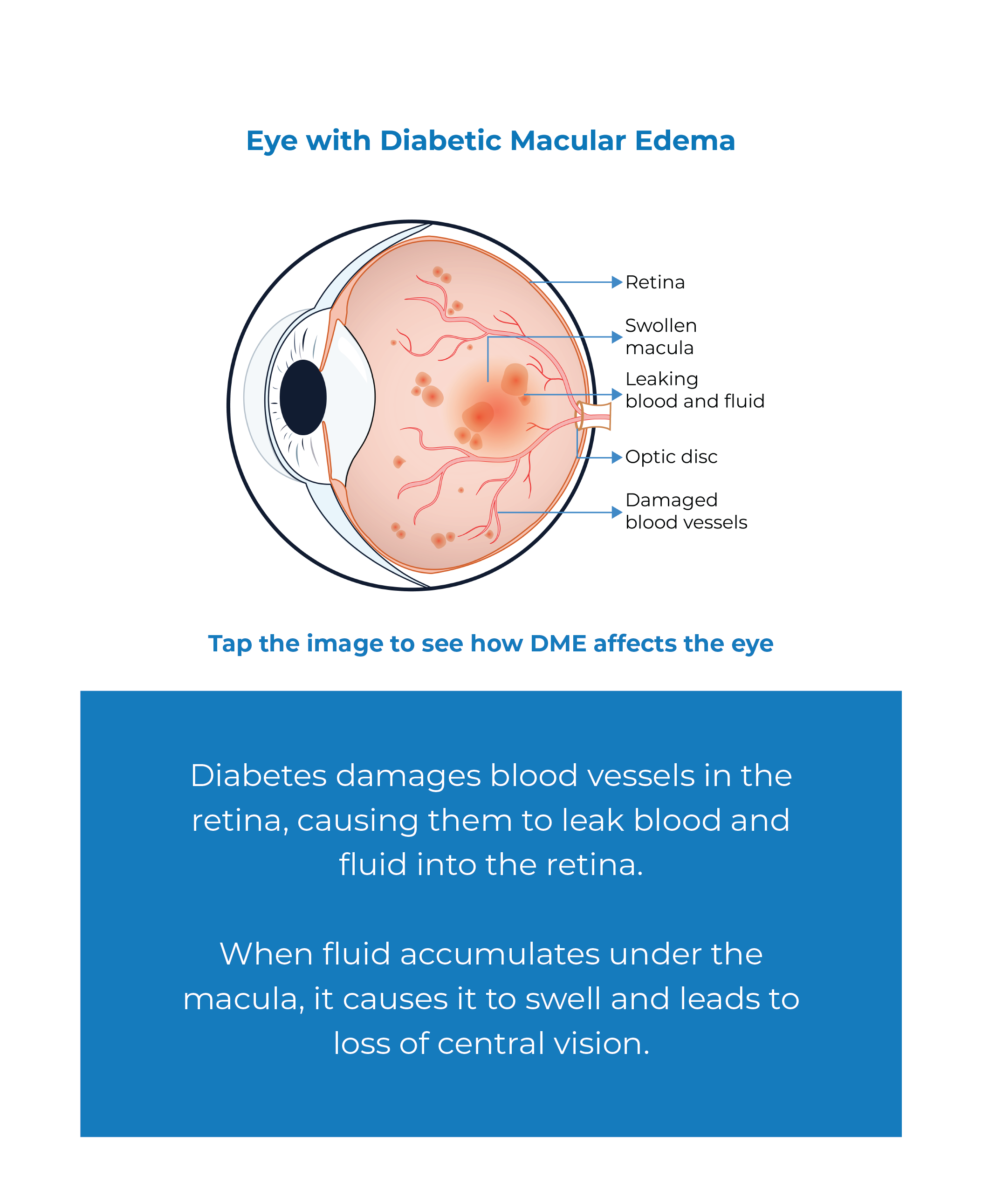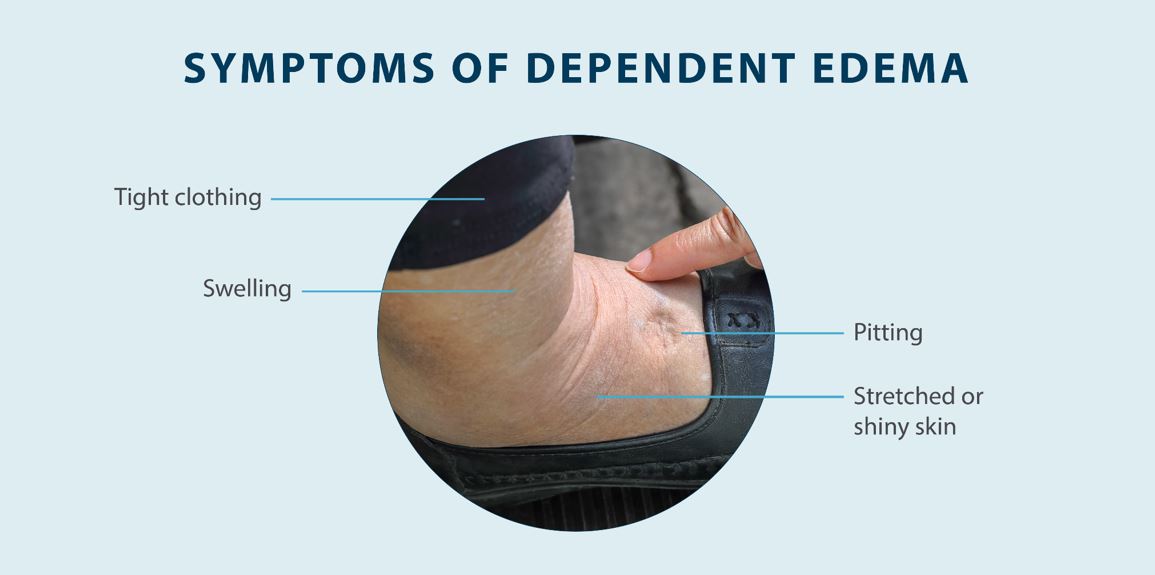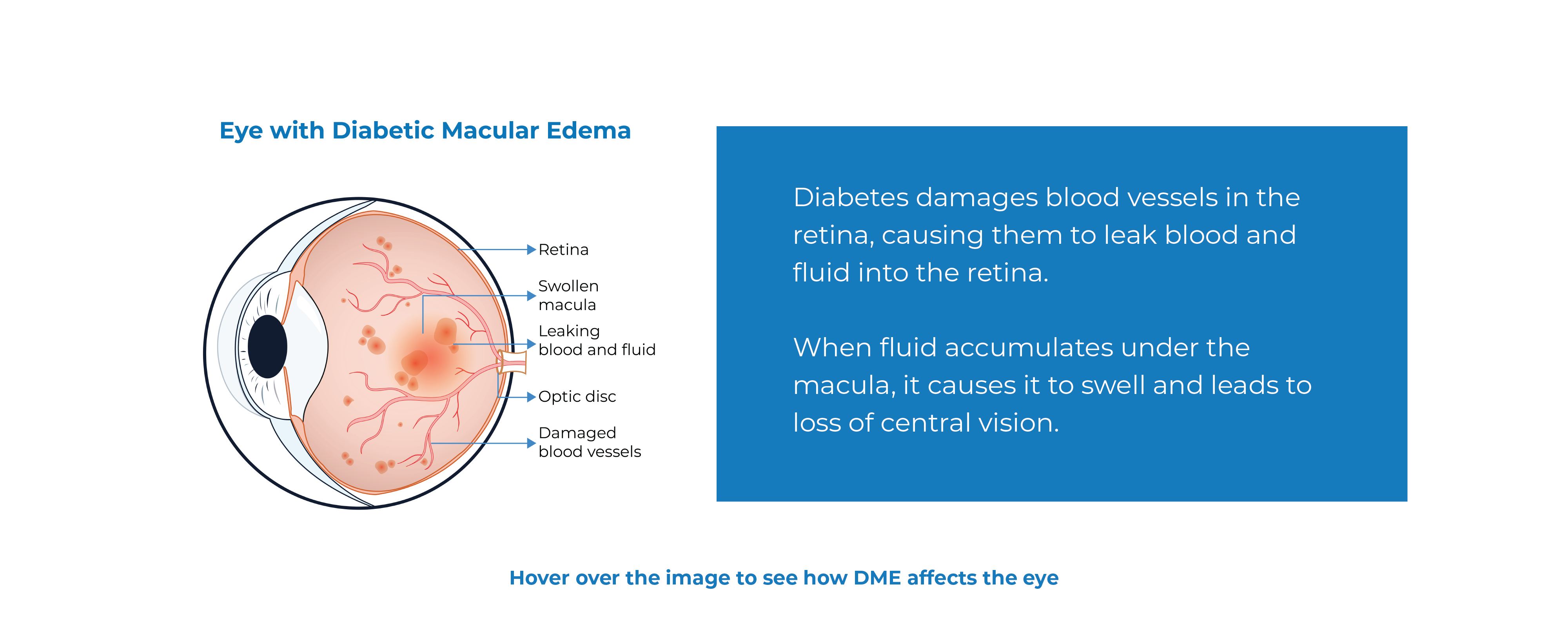Edema Can Best Be Observed In

Detecting edema, the swelling caused by excess fluid trapped in the body's tissues, can be a subtle but crucial skill in healthcare. While edema can manifest in various parts of the body, certain locations provide more readily observable signs, aiding in earlier diagnosis and intervention. Understanding where to look for edema is vital for both medical professionals and individuals monitoring their own health.
This article explores the optimal locations for observing edema, the significance of early detection, and the implications for patient care.
Lower Extremities: A Prime Location
The lower extremities, particularly the ankles and feet, are often the first places where edema becomes noticeable.
This is due to gravity, which pulls fluid downwards, causing it to accumulate in these dependent areas. Examining the ankles and feet for swelling, especially after prolonged standing or sitting, is a standard practice in clinical assessment.
Pitting Edema: A Key Indicator
Pitting edema, where pressing on the swollen area leaves an indentation that slowly disappears, is a classic sign.
Healthcare providers assess pitting edema by applying firm pressure with a finger for several seconds, typically over a bony prominence like the ankle bone (medial malleolus). The depth and duration of the pit are then graded, providing valuable information about the severity of the edema. "The presence and characteristics of pitting edema offer important clues about underlying medical conditions," explains Dr. Anya Sharma, a leading nephrologist.
Other Visual Cues
Besides pitting, look for other visual cues in the lower extremities. These include shiny or stretched skin, difficulty seeing veins, and a feeling of tightness or fullness in the ankles and feet.
Changes in shoe size or sock marks that are unusually deep can also be indicative of edema in the lower legs and ankles.
Hands and Arms: Another Area of Concern
Edema can also be observed in the hands and arms, although less frequently than in the lower extremities.
Swelling in the hands may manifest as difficulty removing rings, a feeling of stiffness in the fingers, or puffiness in the palms. Likewise, swelling in the arms can be detected by a change in the circumference of the limb or a feeling of tightness in the skin.
"Swelling in the upper extremities can be an important indicator of conditions like lymphedema or venous insufficiency," says Dr. Ben Carter, a vascular surgeon.
Periorbital Edema: Around the Eyes
Periorbital edema, or swelling around the eyes, is another important area to observe.
This type of edema is often most noticeable in the morning, after lying down for several hours. It can be caused by various factors, including allergies, infections, kidney problems, or sleep deprivation.
While mild periorbital edema may not be a cause for concern, persistent or severe swelling around the eyes warrants medical evaluation to rule out underlying medical conditions.
Generalized Edema: A Systemic Issue
In some cases, edema may be generalized, affecting the entire body.
This type of edema, also known as anasarca, is usually a sign of a serious underlying medical condition, such as heart failure, kidney failure, or liver failure. Generalized edema requires prompt medical attention to address the underlying cause and manage the fluid overload.
Symptoms of generalized edema include significant weight gain, shortness of breath, and widespread swelling throughout the body.
Importance of Early Detection
Early detection of edema is crucial for several reasons.
It can help identify underlying medical conditions in their early stages, allowing for timely intervention and treatment. Monitoring edema levels can also help healthcare providers assess the effectiveness of treatment and make necessary adjustments to medication or other therapies. Early identification can lead to more effective management of chronic conditions and improve patient outcomes.
Seeking Medical Advice
If you notice persistent or unexplained edema in any part of your body, it is important to seek medical advice.
A healthcare provider can perform a thorough evaluation to determine the cause of the edema and recommend appropriate treatment. Self-treating edema can be dangerous, as it may mask underlying medical conditions and delay necessary treatment. According to the American Heart Association, "Persistent edema should be evaluated by a healthcare professional to determine the underlying cause and appropriate treatment plan."
Remember to provide your doctor with information about your medical history, medications, and any other symptoms you are experiencing.
Conclusion
Observing edema effectively involves understanding where it is most likely to manifest. The lower extremities, hands, periorbital area, and generalized body areas each provide unique insights.
By paying close attention to these areas and seeking medical advice when necessary, individuals can play an active role in managing their health and detecting potential medical issues early on. Early detection and appropriate management of edema can significantly improve patient outcomes and quality of life.
